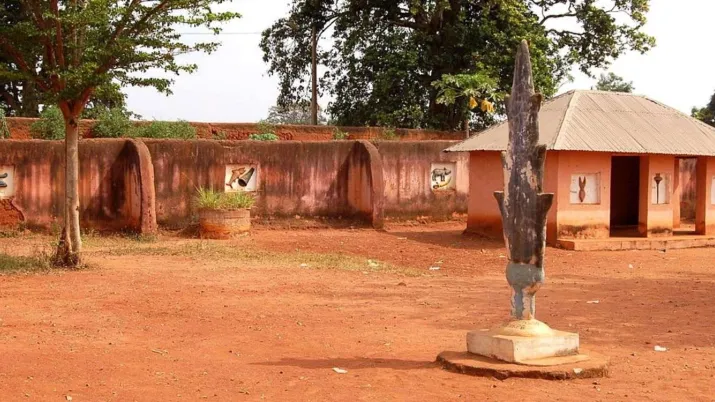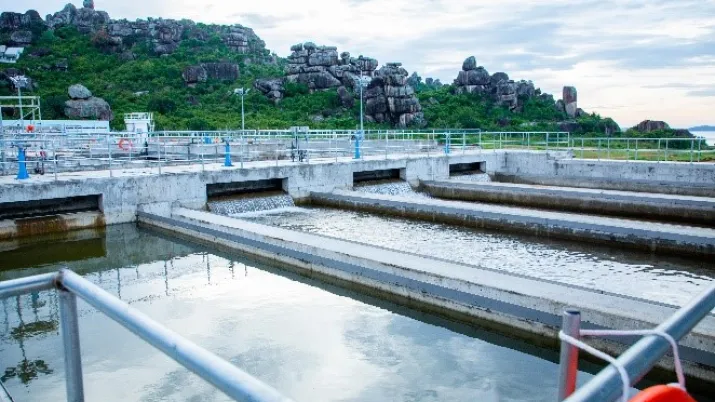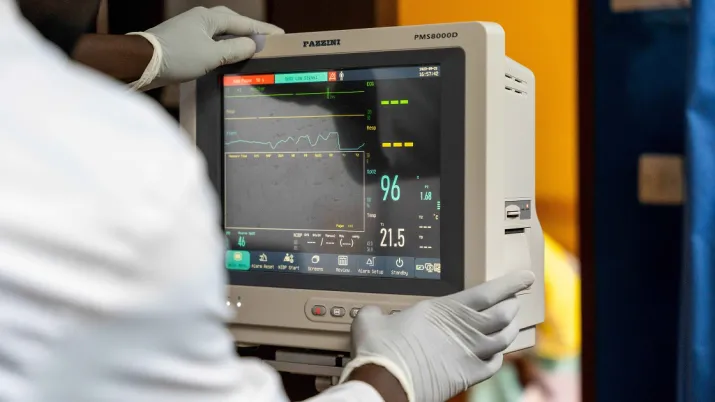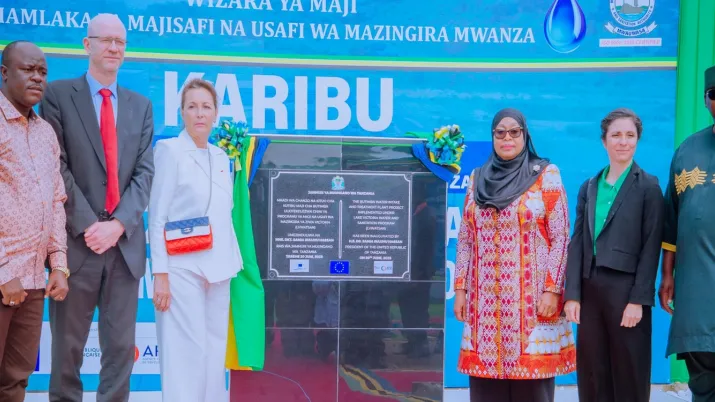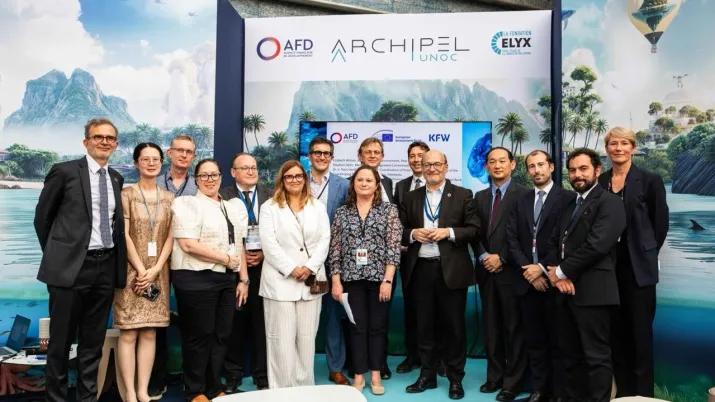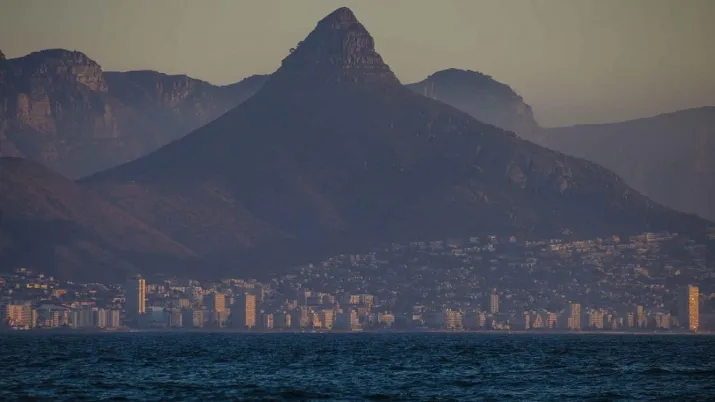Share the page
Africa
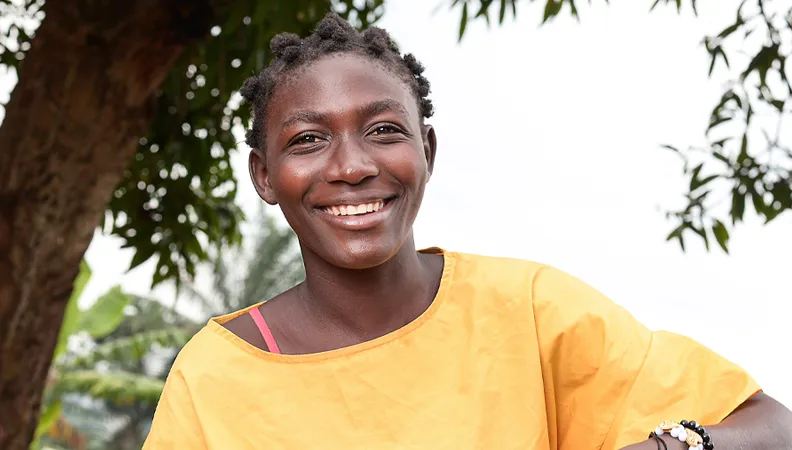
Demographic and social, ecological, energy, political, technological transitions… African countries face crucial challenges for their future. AFD has risen to these challenges. With a renewed strategy, our teams are stepping up the work which has been conducted for several decades for Africa’s development. The continent is and remains central to AFD’s action.
Context
Today, 43% of AFD’s activity (excluding the French overseas territories) directly concerns Africa. AFD is able to operate in the 54 countries on the continent and is currently implementing projects in 44 of them.
While efforts to support the continent are continuously being stepped up, AFD’s Africa strategy for 2017-2021 marks a development. Up until now, the continent was viewed in a separate manner: North Africa on one side, Sub-Saharan Africa on the other. Our action now encompasses the entire continent.
Indeed, transnational issues are becoming increasingly urgent, as intracontinental flows (persons, goods, money) are set to constantly increase in the coming years. In addition, the continent is marked by a sharp increase in demographic pressure, security issues, as well as the impacts of climate change. In this context, it is essential to strengthen the management of spaces, problematic issues and common resources.

Furthermore, the diversity of economies and regions in Africa requires having an ever-sharper view of the actions conducted. AFD today operates practically all over Africa and has the capacity to take action and effectively grasp the dynamics of the subregions.
AFD has produced an Atlas of Africa, published by Armand Colin in French, to account for this new perspective. This atlas, with its 100 or so maps and graphs, reviews the developments in Africa over more than half a century. The objective is to better reflect what AFD’s officers see and support on a daily basis: the changes taking place on a continent in relation to the Sustainable Development Goals.
All the public data collected and processed by AFD’s economists can be accessed on the website Africa in Maps (available in French). These global, continental and national maps and graphs are adaptable and can be viewed based on chronological criteria and socio-economic indicators. They are freely available and downloadable.
Our approach
"AFD and Africa: supporting the transitions throughout the continent"
North Africa, the Mediterranean façade of the African continent, occupies a special place in AFD Group's work, reflecting the dense and diverse nature of France's relations with this region. In 2021, 10% of the Group’s global activity was in this region. AFD Group is fully committed to bilateral relations with countries in the region (Morocco, Algeria, Tunisia, Libya and Egypt), through its activities and thanks to its wide range of intervention tools. It helps them to achieve sustainable development trajectories in close cooperation with its partners.
Stretching from the Atlantic coast to the eastern border of Chad, the Greater Sahel is characterized by a strong geographical coherence while presenting a variety of security, economic and social situations. As a high-priority region for AFD Group, the Greater Sahel requires a collective and adapted response that combines reducing fragility and improving equitable access to essential services. AFD Group works to prevent and respond to crises and support positive dynamics in the region within the framework of the Sahel Alliance’s G5 Sahel priorities. Its action covers nine countries: Burkina Faso, Cape Verde, Gambia, Guinea Bissau, Mali, Mauritania, Niger, Senegal and Chad.
As a gateway between the Sahel, the Lake Chad region and the Atlantic Ocean, the Gulf of Guinea is a demographic and economic "heavyweight" at the continental level. However, its dynamics are hampered by certain endogenous weaknesses. AFD Group, operating in Benin, Côte d'Ivoire, Ghana, Guinea, Liberia, Nigeria, Sierra Leone and Togo, is supporting the region's momentum for prosperity and intends to help establish an inclusive, sustainable and participatory development process.
At the heart of the African continent, Central Africa has a number of major assets: its young population, more than 120 million hectares of land useful for agriculture and agro-industry, and one of the most vital ecosystems for the planet in terms of water and forest resources, the Congo-Oubangui-Sangha basin. The seven countries of the region (Cameroon, Congo, the Central African Republic, Gabon, the Democratic Republic of Congo, Sao Tome and Principe and Equatorial Guinea) also face security, economic and societal challenges. AFD Group supports these countries in their efforts to achieve green and inclusive development.
Bordering the Sahel and the Democratic Republic of Congo, East Africa is the most populous area in Africa. Although the region has seen the strongest economic growth on the continent over the last 20 years, it faces a variety of challenges, such as debt, inequality, food insecurity, climate change, and safety concerns. AFD Group’s activities, covering Burundi, Djibouti, Ethiopia, Eritrea, Kenya, Rwanda, Somalia, Sudan, South Sudan, Tanzania and Uganda, aim to promote inclusive and sustainable prosperity in the region.
AFD's activities in Southern Africa cover ten countries on the border of the Indian and Atlantic Oceans, from Angola to Mozambique, including two landlocked countries in South Africa: South Africa, Angola, Botswana, Eswatini, Lesotho, Malawi, Mozambique, Namibia, Zambia and Zimbabwe. Despite its disparities, Southern Africa has the highest GDP per capita in Africa and stable political systems. But it is also the most unequal region on the continent. AFD Group aims to encourage fair and sustainable transitions in the region while strengthening the link between Southern Africa and France.
In the field
News & Press Releases
Publications & Media

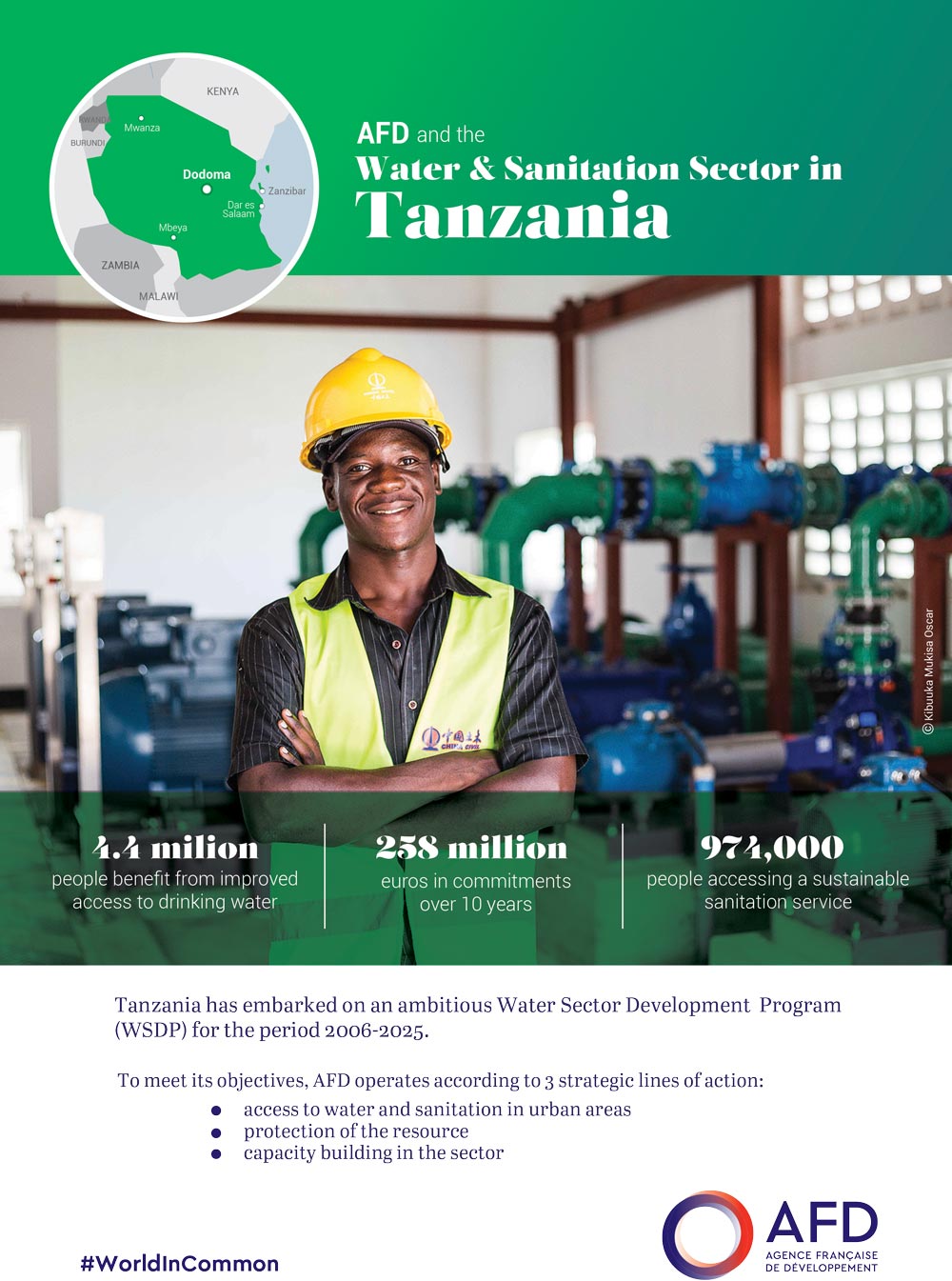
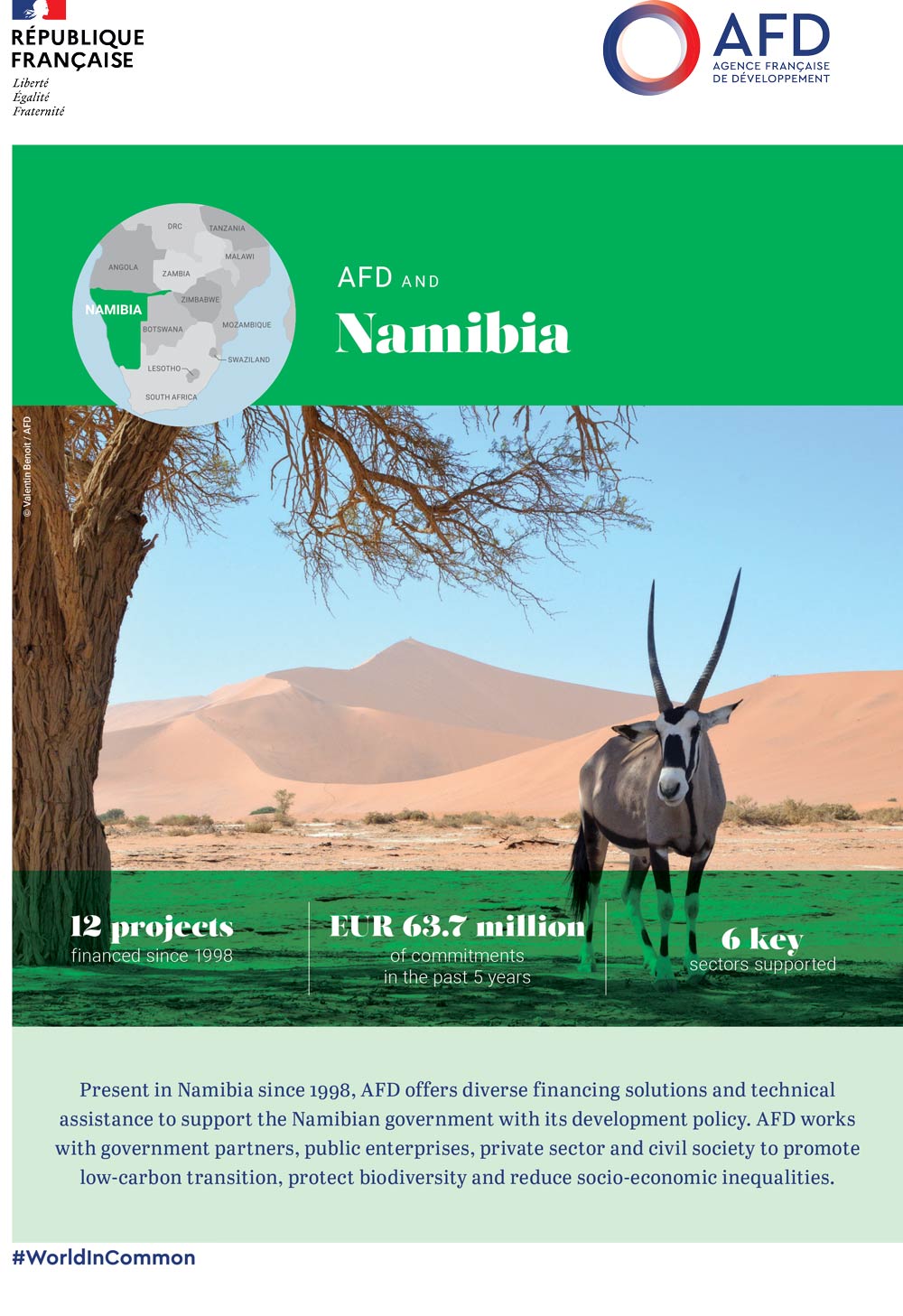
Key figures
-
4.1 million people have benefited from a safely managed drinking water supply thanks to projects carried out in 2022 in Africa
-
841,000 people have had their capacities developed through improved access to agricultural services
-
50 million hectares of natural spaces have benefited from programs for sustainable resource management and biodiversity conservation or restoration

